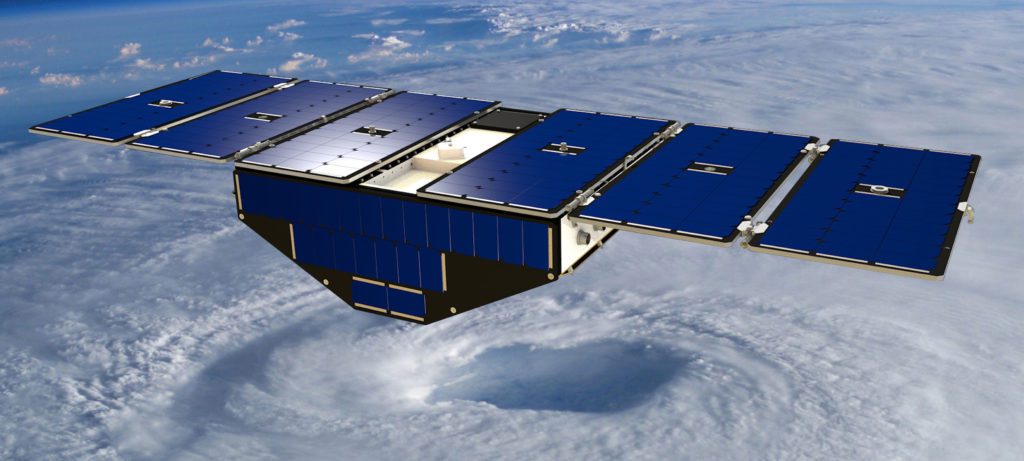To dial in on exact wind speeds, researchers needed to reverse engineering the signals from satellites.


To dial in on exact wind speeds, researchers needed to reverse engineering the signals from satellites.
Longer-lasting drop-in replacements for lithium ion could be on the horizon.
The post Battery breakthrough: Doubling performance with lithium metal that doesn’t catch fire appeared first on Michigan Engineering News.
Patches can provide protection.
The post Intel processor vulnerability could put millions of PCs at risk appeared first on Michigan Engineering News.
A Q&A with Justin Kasper on going where no probe has gone before.
The post Touching the Sun to protect the Earth appeared first on Michigan Engineering News.
The clock on the Parker Solar Probe will start ticking when it runs out of fuel used to make the attitude adjustments necessary to keep the craft’s key components protected behind the heat shield.
The post Part 7: The end of the mission appeared first on Michigan Engineering News.
The power and fuel capacity of the Delta IV, along with an eventual gravity assist from Venus, will get the solar probe velocity down to a point where it can orbit the sun.
The post Part 6: The big send-off appeared first on Michigan Engineering News.
The extreme conditions of the corona are one of the main reasons a solar probe mission like this hasn’t been undertaken before. But Parker features a series of innovations that will allow the probe to get close enough to do what needs to be done.
The post Part 5: Sunblock and instrumentation appeared first on Michigan Engineering News.
While NASA never intended for the probe to return to Earth, Venus represents a point of no return.
The post Part 4: Using the gravity of Venus to reach the sun appeared first on Michigan Engineering News.
The probe will make multiple passes through the corona, utilizing seven gravity assists from Venus to bring its orbits closer and closer to the sun.
The post Part 3: Parker’s record-breaking ride appeared first on Michigan Engineering News.
A key component of Justin Kasper’s sensory equipment, Parker’s Faraday cup, had to be shown capable of withstanding the heat and light of the journey to the sun. To test it, researchers had to create something new – a homemade sun simulator.
The post Part 2: Testing: Simulating the sun on Earth appeared first on Michigan Engineering News.